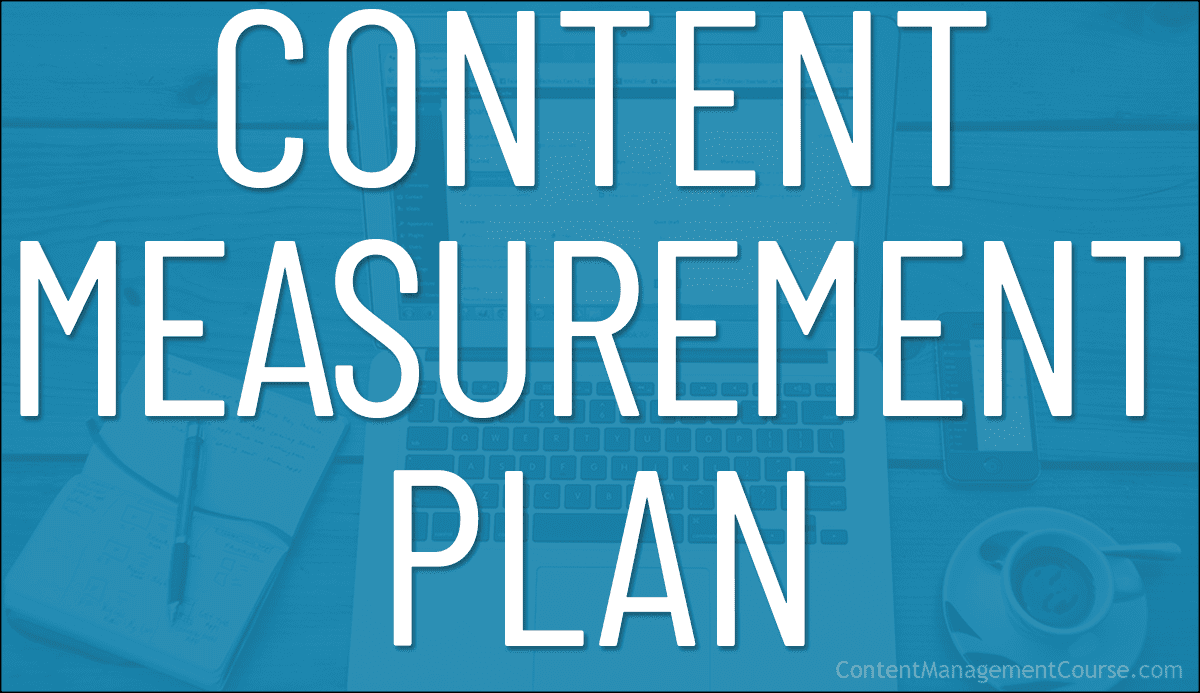Content Measurement Plan
Track the progress of your content and make data-driven decisions on how to optimize your content strategy with a content measurement plan.

Creating a content measurement plan is an essential step in any content marketing strategy.
In this article, we’ll explore the importance of creating a content measurement plan and the benefits it can bring to your business.
***
What Is A Content Measurement Plan?
A content measurement plan is not just a document, it is a powerful tool that can help to improve the effectiveness and ROI of your content marketing efforts.
By outlining the goals, objectives, key performance indicators (KPIs), measurement tools, and schedule for measuring and evaluating the performance of your content marketing efforts, a content measurement plan helps to track progress and make data-driven decisions on how to optimize your content strategy.
Benefits Of Having A Content Measurement Plan
The key benefits of having a content measurement plan include:
- Alignment with business goals: A content measurement plan ensures that your content marketing efforts are aligned with your overall business goals and objectives, which can help to increase the ROI of those efforts.
- Data-driven decisions: By tracking and analyzing key performance indicators, a content measurement plan allows you to make data-driven decisions on how to optimize your content strategy, which can help to improve the effectiveness of your efforts.
- Improved ROI: By measuring and analyzing the ROI of content marketing, a content measurement plan can help you to identify which types of content are most effective and allocate resources accordingly.
- Increased accountability: A content measurement plan helps to increase accountability by making it clear what goals and objectives have been set and how progress will be tracked and evaluated.
- Better communication: A content measurement plan can help to improve communication between different stakeholders by providing a clear understanding of goals and objectives and how they will be measured.
- Continuous improvement: Regular monitoring and measurement allows for continuous improvement, as data from the measurement can be used to adjust your strategy, improve your content and optimize your results.
How To Create A Content Measurement Plan
Creating a content measurement plan involves several steps, including:
- Define goals and objectives: The first step in creating a content measurement plan is to define clear goals and objectives for your content marketing efforts. These should be aligned with your overall business objectives and should include specific, measurable targets. For example, a goal could be to increase website traffic by 10% in the next quarter.
- Identify key performance indicators (KPIs): Once goals and objectives have been defined, the next step is to identify the key performance indicators (KPIs) that will be used to measure progress towards those goals. These should be specific, measurable metrics that are directly related to your goals and objectives. For example, website traffic and engagement rates are KPIs for the goal of increasing website traffic.
- Select measurement tools: After identifying the KPIs, you’ll need to select the tools you will use to track and measure them. Examples of tools include Google Analytics, social media analytics, and marketing automation software.
- Set a schedule: Decide on a schedule for monitoring the performance of your content, this could be monthly, quarterly, or even daily. This will help you to track progress and make adjustments to your content strategy as needed.
- Analyze and interpret data: Once data has been collected, it’s important to analyze and interpret it to determine what’s working well and what’s not. This may involve identifying patterns, trends, and outliers, and making decisions based on the insights gained.
- Make adjustments: Based on the analysis and interpretation of the data, make adjustments to your content strategy as needed. This may involve making changes to the types of content you’re creating, the channels you’re using to distribute it, or the messages you’re communicating.
Content Measurement Plan – An Example
Here is an example of a content measurement plan:
- Goal: Increase website traffic by 10% in the next quarter
- KPIs: Website traffic, bounce rate, time on page, and new vs returning visitors
- Measurement tools: Google Analytics
- Schedule: Monthly
- Tasks:
- Collect data from Google Analytics every month
- Analyze the data to identify trends, patterns, and areas of opportunity
- Compare the data from the current month to the data from the previous month
- Use the insights gained to make adjustments to the content strategy.
Summary
A content measurement plan is not only a critical tool for any content marketing strategy, as it helps to track progress, make data-driven decisions, and improve the effectiveness and ROI of content marketing efforts, but it is also a living document and should be regularly reviewed and updated as needed.
Also, it is important to communicate the plan with the stakeholders involved in the content creation process, so that they understand the goals and objectives of the plan and how they can contribute to it.
- Learn more about content metrics
- Learn more about content tracking
***
Image: Analytics Chart
